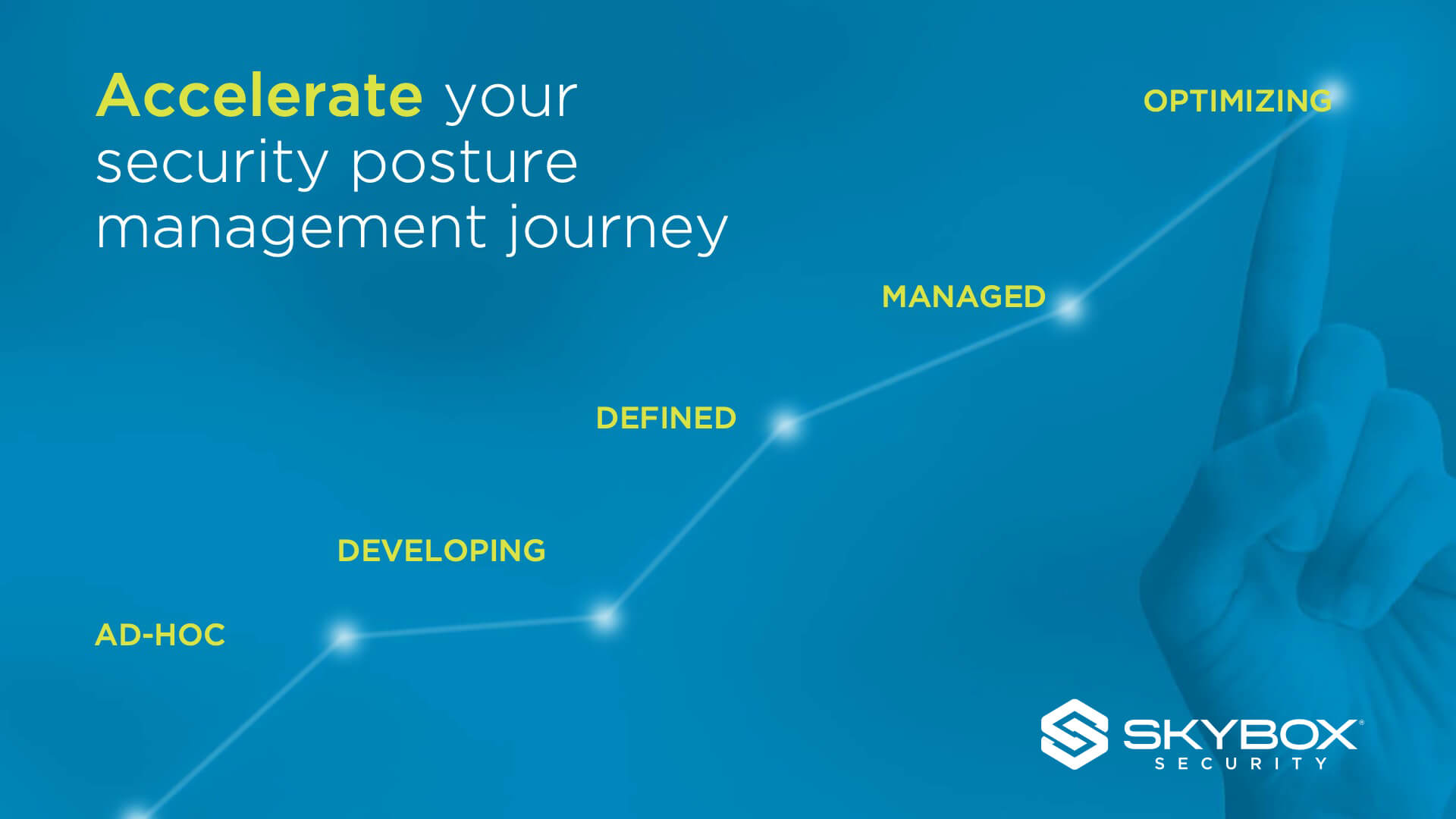Security leaders have long wanted to tackle their most pervasive issues. These include exponential growth of the attack surface and cyber risks as well as diminishing control of a rapidly changing technology landscape – all against the backdrop of severe talent shortages.
Skybox’s new report, “Vulnerability and threat trends 2021: Cybersecurity comes of age,” demonstrates that there is a need for greater maturity. It brings focus to just how energized threat actors have become over the pandemic: extraordinarily, new malware samples almost doubled over 2020. It highlights how Operational Technology (OT) environments are increasingly exposed to attack: the number of vulnerabilities within Industrial Internet of Things (IIoT) devices increased by 308% over the last year. And it reinforces the scale of the task now facing teams dealing with cyber risk management: there were 18,341 new vulnerabilities over 2020, adding to the exposure from prior years’ discoveries.
What has become clear over the last year is that what was once considered “good enough” will no longer suffice. Long-held practices relying primarily on detection and response don’t hold water anymore – if we are honest with ourselves, they were never “good enough”.
Managing security posture has become a critical necessity for reducing the risk of cyber attacks. By improving security posture, it’s possible to eliminate the exploitation of known attack vectors. Further, by focusing on a much smaller attack surface, detection and response programs can shine again.
But security posture management is not an easy task. Organizations have a complex security stack and use a myriad of technologies. As a result, they are discovering that their muscle to manage security posture is, at best, under-developed. They need to adopt a transformation mindset. To achieve this, organizations need to mature their security programs:
Develop a roadmap to maturity
Developing a well-rounded and resilient cybersecurity program isn’t something that can happen overnight. It’s a journey that demands iterative change. The first step of this journey is understanding your organization’s current maturity level. It could be that you are addressing security on an ad-hoc basis, or you may have defined security processes, or you may be at a stage where you can manage your program and are able to drive strategic change. By understanding what the next level of maturity looks like, you can develop a roadmap that will improve your security posture.
Ad-Hoc
This stage represents the most remedial cybersecurity programs. These can be found in organizations that don’t have consistent processes or policies. An “ad-hoc” program is one without systems or tools in place. As a result, there are functional and technological silos; the program is reactive and piecemeal; blind decisions are made that are based on a patchwork of data inputs; and remediation and patching are typically news-driven and happen sporadically.
Developing
One step above ad-hoc security, this stage is where you will find organizations that have an active cybersecurity program but lack defined processes. For example, they may have a vulnerability scanner but they aren’t using it systematically. Security is something that’s dealt with inconsistently, with periodic clean-ups of rules and objects, hardening of configurations, and patching to eliminate vulnerabilities. Additionally, compliance is handled with manual checking and recertification.
Defined
Some organizations are at the stage where they have a defined program. They know who is responsible for each task and are clear about processes. However, they still don’t know what’s happening every day. They may have policies in place, but they don’t have any ongoing tools to manage them properly. And they may have a defined vulnerability management program, but they cannot automate remediation and have inconsistent oversight of operational performance and risk level.
Managed
Organizations with well-established and mature cybersecurity programs sit here. They have dashboards that enable them to manage their program, they can see whether they’re making improvements, and they have insight that enables them to make strategic changes to their programs. And they will be automating change management as well as the discovery, prioritization, and remediation of vulnerabilities.
Optimizing
Very few organizations are currently at this stage – in many ways, this is an aspiration for most organizations. But getting to the stage where you can focus on optimizing processes and delivering ongoing, continuous improvement for the organization is achievable. This is when organizations have holistic visibility of the attack surface and can visualize, analyze, and narrow it down on an on-going basis. They have tight integration with the security and IT management ecosystem. They have a common platform and data sets for all teams dealing with security posture management and incident response. And they can leverage context of their environment to zero in on what matters and remediate their most exposed vulnerabilities first.
Zero in on what matters
By maturing cybersecurity programs beyond traditional defense tactics, the CISO will be able to gain the insight needed to improve security posture. By understanding the context of the infrastructure and its security controls – on-prem, private cloud, and public cloud, and achieving full visibility of their attack surface, they will be able to better quantify cyber risks, prioritize remediation and zero in on what matters.
Skybox’s new report highlights the biggest challenges facing CISOs and their teams today. But it also explains why this is a pivotal moment for cybersecurity. We are at the beginning of an exciting new era. This is the moment when cybersecurity comes of age to help security teams zero in on what matters and overcome some of their largest and most enduring challenges.
Read the report now.





